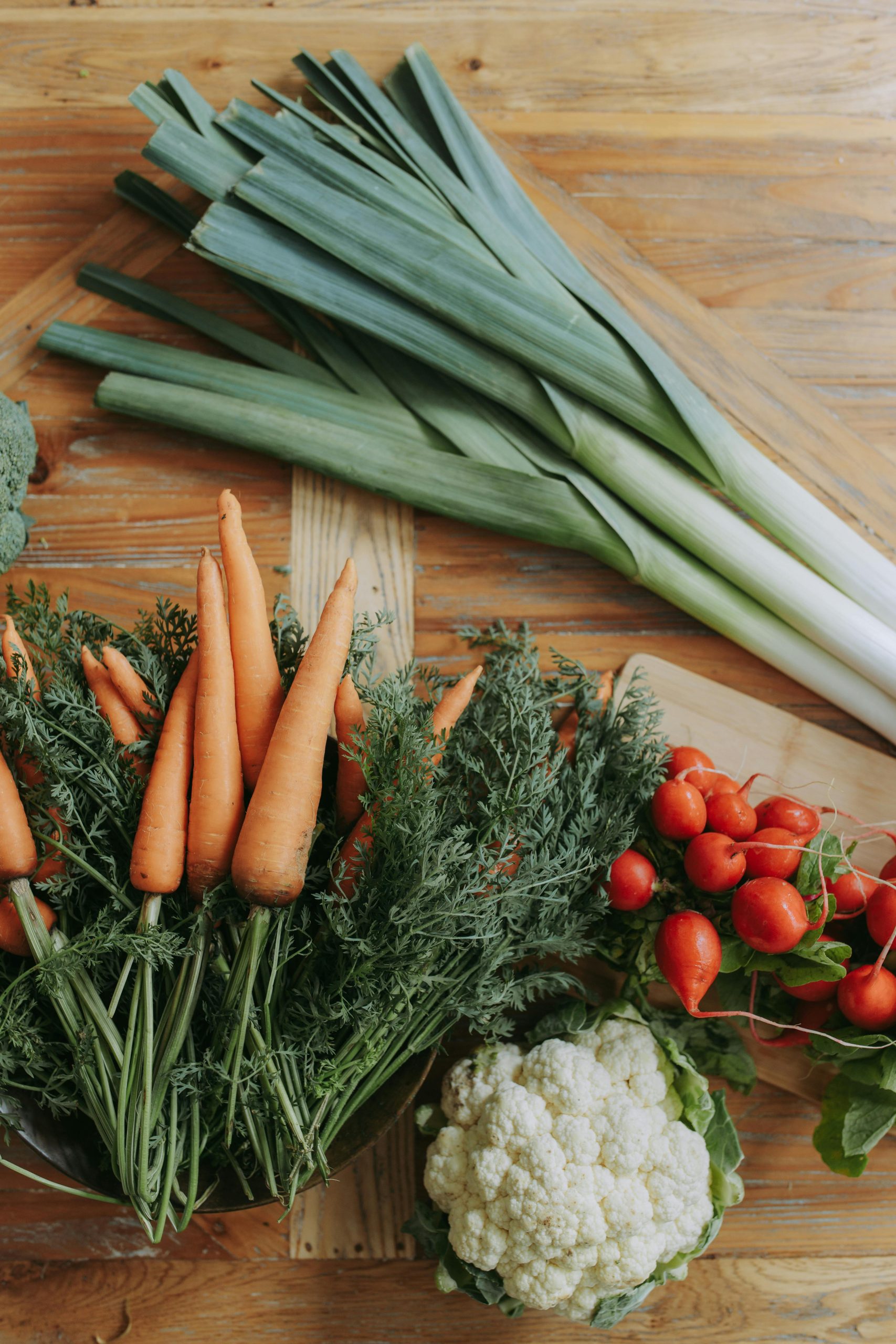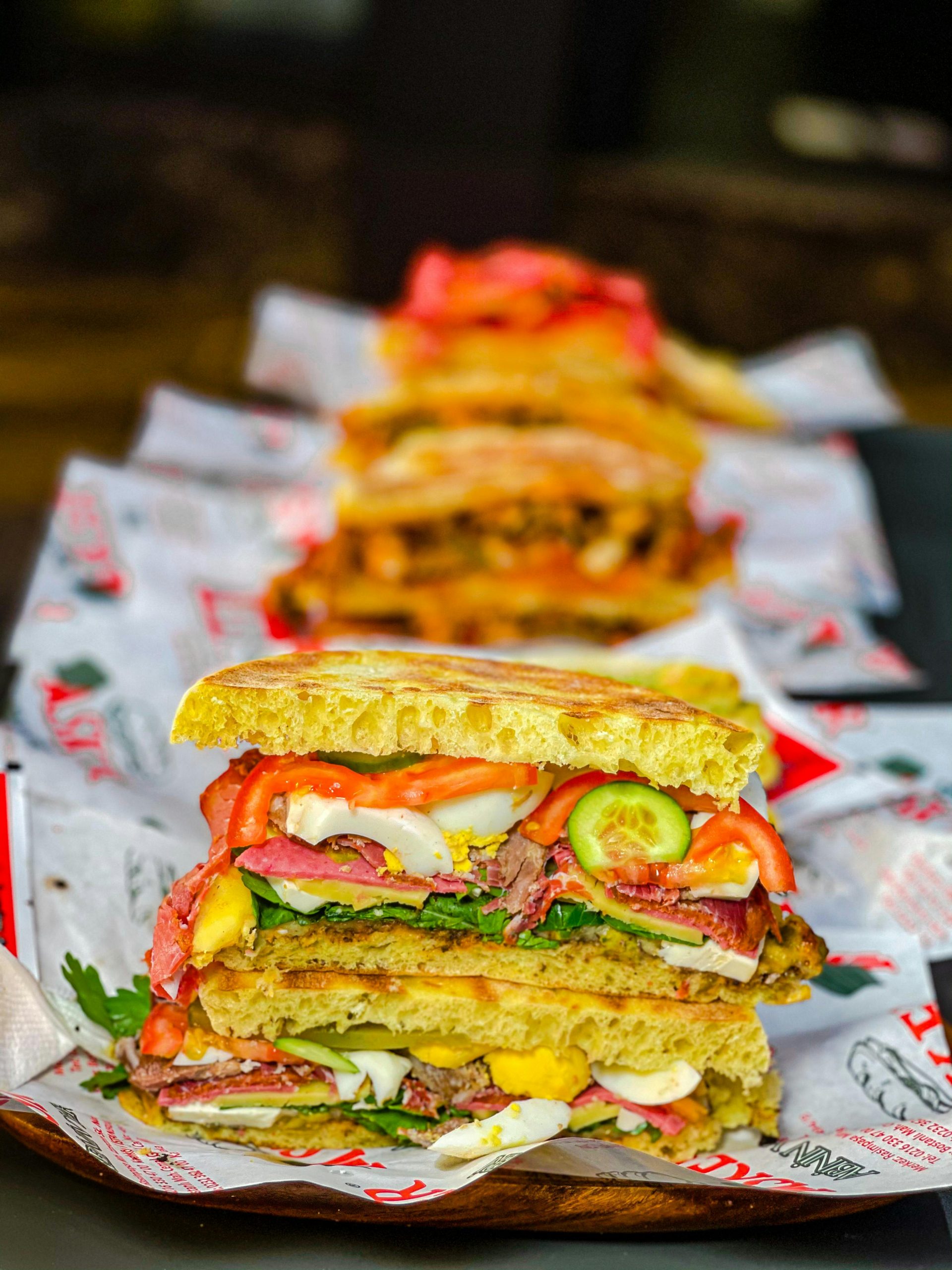When a food recall is announced, most shoppers know to check their pantries and refrigerators for the specific product. However, the danger doesn’t always end there. Shopping for groceries during an active recall requires extra vigilance, as the risk of cross-contamination can affect areas of the store you might not expect. Even after a store removes a recalled product from its shelves, harmful bacteria like E. coli or Listeria can linger. To shop safely, you should be especially cautious in these ten grocery store sections during a recall.

1. The Deli Counter
The deli counter is a major hub for potential cross-contamination. Slicing machines, knives, and cutting boards can transfer bacteria from a contaminated meat or cheese product to other items. If a recall involves any deli product, you should be very wary of buying anything sliced on that same equipment until you are sure it has been thoroughly sanitized.
2. The Fresh Produce Section
When a recall involves leafy greens like lettuce or spinach, the risk extends beyond just the recalled packages. Water misters used to keep produce crisp can spread contaminants to nearby vegetables. Furthermore, other shoppers might handle a contaminated product before touching other items, leading to cross-contamination across the entire open produce display.
3. Pre-Cut Fruit and Vegetable Displays
The convenience of pre-cut produce comes with an increased safety risk. These items are handled more extensively in the store’s back room, where contamination can occur if a recalled ingredient is used. A recall for onions, for example, could contaminate a pre-made mirepoix mix or a fruit salad prepared on the same cutting board.
4. The Salad Bar and Hot Food Bar
Self-serve food bars are highly susceptible to contamination. A recalled ingredient, like contaminated lettuce or tomatoes, can taint the entire bar. Shared utensils also allow germs to spread easily from one container to another. It is wise to avoid all self-serve food bars during any major produce or ready-to-eat food recall.
5. The Bulk Bin Section
Bulk bins allow shoppers to scoop their nuts, grains, and snacks, but they also create a high risk for contamination. A shared scoop can easily transfer allergens or bacteria from one bin to another. If a recall involves any product sold in bulk, like flour or nuts, it is best to avoid the entire bulk section.
6. The Fresh Meat Counter
Even if a recall is for ground beef, the risk can extend to other meats. Grinding equipment can be difficult to clean perfectly, and bacteria from a contaminated batch of beef could potentially linger and affect the next batch. Cross-contamination can also occur through shared scales, tools, and surfaces at the butcher counter.
7. The Fresh Bakery
Many in-store bakeries use common ingredients across a wide range of products. A recall for a basic ingredient like flour, eggs, or a specific food coloring could affect dozens of different items, from bread and rolls to cakes and pastries. Unless the store can specify which items are safe, you should be cautious.
8. The Ready-to-Eat Sandwich Case

The grab-and-go case with pre-made sandwiches and wraps is another high-risk area. These items contain multiple ingredients prepared in the store’s kitchen. A recall on any single ingredient—from the deli meat and cheese to the lettuce and tomato—could contaminate the entire batch of sandwiches.
9. The Seafood Counter
The open ice beds used to display fresh fish and seafood can be a source of cross-contamination. Bacteria from a contaminated fish could be spread to other seafood through shared ice, meltwater, or handling by employees with the same pair of gloves.
10. The Frozen Food Aisle (for Similar Products)
When a specific frozen product like a pizza or entree is recalled, you should be cautious about buying similar items from the same brand, even if they are not part of the recall. Recalls are often expanded as investigations continue. It is safer to wait a few days to see if the recall widens before purchasing products made in the same facility.
Navigating Your Shopping Trip Safely
Food recalls are a serious matter, and protecting yourself requires more than just avoiding the specific recalled item. By understanding the risks of cross-contamination and being extra cautious in these high-risk areas of the grocery store, you can significantly reduce your chances of exposure. When in doubt, it is always better to err on the side of caution and choose a different product.
How does a food recall change your shopping habits? Have you ever had to throw out food due to a recall? Share your experience and tips!
Read More
7 Toys That Were Quietly Recalled Decades Later
10 Cleaning Products That Were Recalled But Still Sold Online
The post 10 Grocery Store Sections You Should Avoid During a Recall appeared first on Grocery Coupon Guide.







